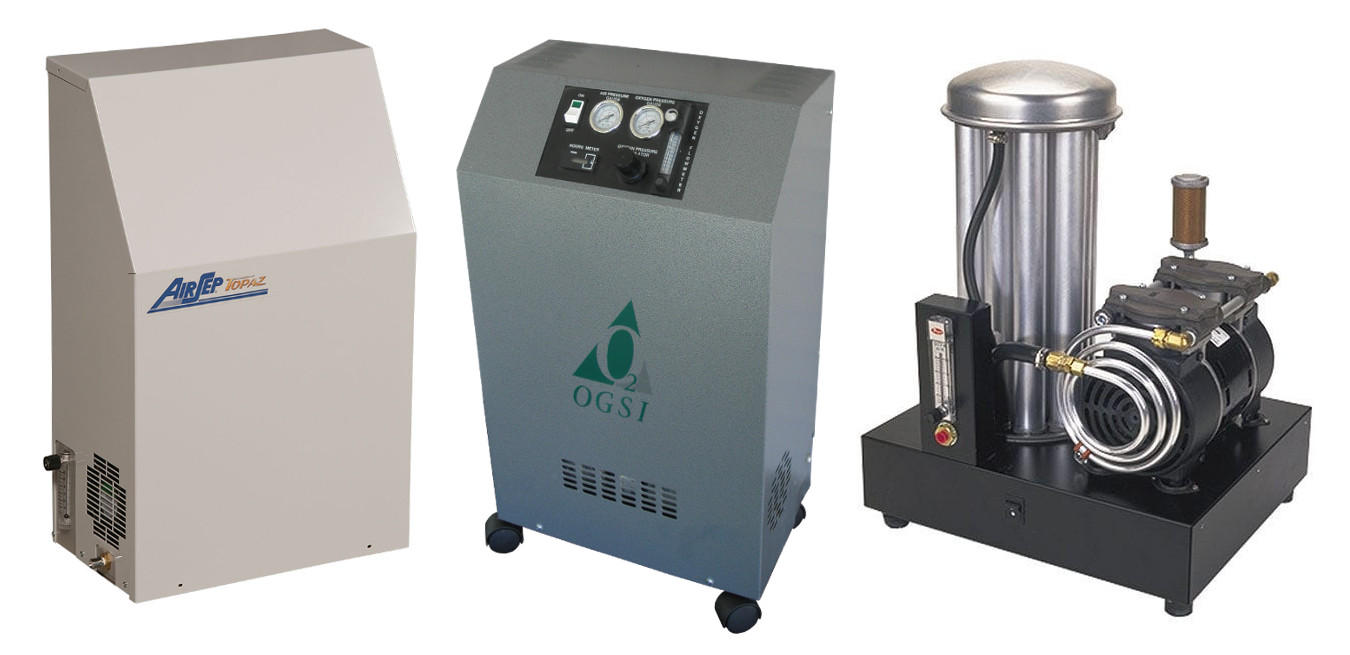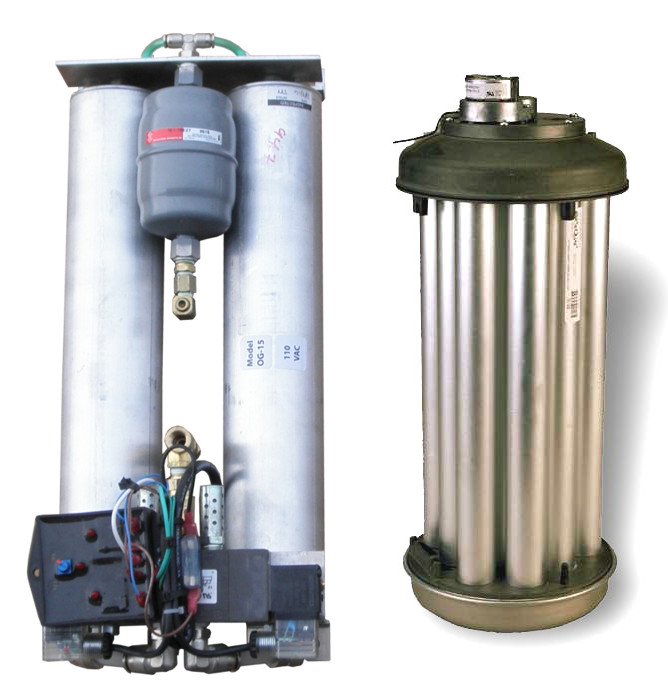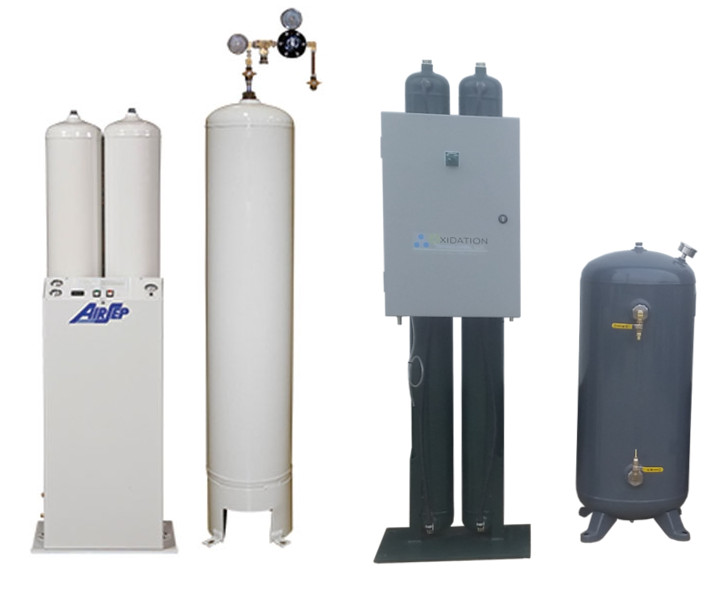Oxygen Concentrator Types Compared
The purpose of this article is to explain the main types of oxygen generators available for ozone production and the advantages/disadvantages of each.
There are a few manufacturers of oxygen generators and a few differences between each. However, the fundamental operation of each manufactures version is very similar so that will not be reviewed here. We will focus on the three main styles of oxygen generators and how they could be implemented into your ozone generation system.
|
 |
|
 |
|
 |
Generally smaller ozone systems will use the turnkey oxygen generators, and larger ozone systems with higher ozone production rates will use the industrial oxygen generators, while small to medium integrated ozone systems will use the OEM modules. However, there are applications where the industrial style oxygen generator is required for higher pressures, or turnkey oxygen generators are required due to the lack of space or available compressed air.
Turnkey Oxygen concentrators
Packaged oxygen generators that include an oil-less compressor, PSA oxygen generator, and all components to concentrate oxygen from ambient air. These units only need electrical power for operation and will provide oxygen at 93% purity.
Examples:
-
- OGSI, OG-15 and OG-20
- AirSep, AS-12 and Onyx
- Sequal (Chart), Workhorse line

Advantages:
- Compact size allows for install in relatively tight spaces
- Turnkey design allows for quick and easy operation
- Relatively low cost
Disadvantages:
- Lower oxygen output delivery pressures due to limitation of internal oil-less compressors
- Poor reliability due to the lack of ability to purge moisture from process air
- High maintenance costs due to poor reliability
OEM Modules
OEM models are offered by both OGSI and Sequal (Chart). The OEM modules use the same PSA sieve beds and valving systems as the turnkey packaged oxygen generators provided by those companies. These modules are commonly used to build ozone generators with integrated oxygen generators, or smaller integrated ozone systems.
Examples:
-
- OGSI, OG-15-OEM and OG-20-OEM
- Sequal (Chart), ATF Modules, ATF-8, ATF-12, ATF-15, ATF-23, ATF-25, and ATF-32

Advantages:
- Compact size allows for install in relatively tight spaces
- OEM configuration allows for installation into the same enclosure as an ozone generator if desired
- Use of compressed air from plant air compressor may allow for very clean, dry air to be used increasing reliability dramatically when compared to the turnkey packaged oxygen generators.
- Can provide slightly higher oxygen delivery pressure than turnkey packaged oxygen generators due to the higher compressed air inlet pressures that can be used
- Lowest potential operational costs if plant compressed air is used
Disadvantages:
- Installation equipment is required and must be done properly for reliable operation
- Lower oxygen output delivery pressures than industrial oxygen generators
- Potentially high replacement costs (applies to Sequal/Chart ATF-modules)
Industrial Oxygen concentrators
Industrial oxygen concentrators are used for medium to large scale ozone generation systems. These systems require compressed air for operation along with proper plumbing and set-up. Large steel cylinders are used to hold the molecular sieve material, and quality rebuildable solenoid valves are used to perform all purging and oxygen recovery actions.
Examples:
-
- OGSI, OG-25, OG-50, OG-100, etc
- AirSep, AS-A, AS-B, AS-D, AS-E, etc

Advantages:
- Long term reliability of the system – only periodic maintenance is required
- Lower overall long-term operational costs than other options due to low cost for rebuilding the unit
- Higher oxygen delivery pressures (45 – 65 PSI)
- Higher oxygen flow-rates available
Disadvantages:
- Higher up-front capital costs for oxygen generator, tanks, and potentially the air compressor
- May require more physical space for installation
- Greater installation work required

Hi there, I am doing a research project into oxygen generators. I am wondering if you can supply me with cost and spec sheets of the oxygen generators/concentrators that toy stock? It is for a movie theatre size room with 80-140 people. On site gas produce a unit that can deliver 130 L/min at 93% oxygen. This is the type of unit I am seeking but am wondering what else is on the market. Please assist?